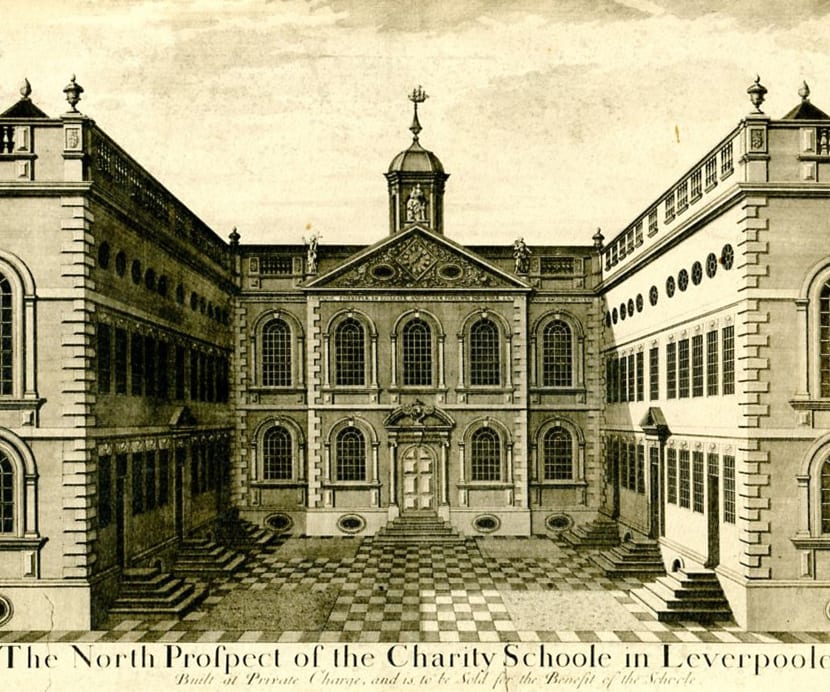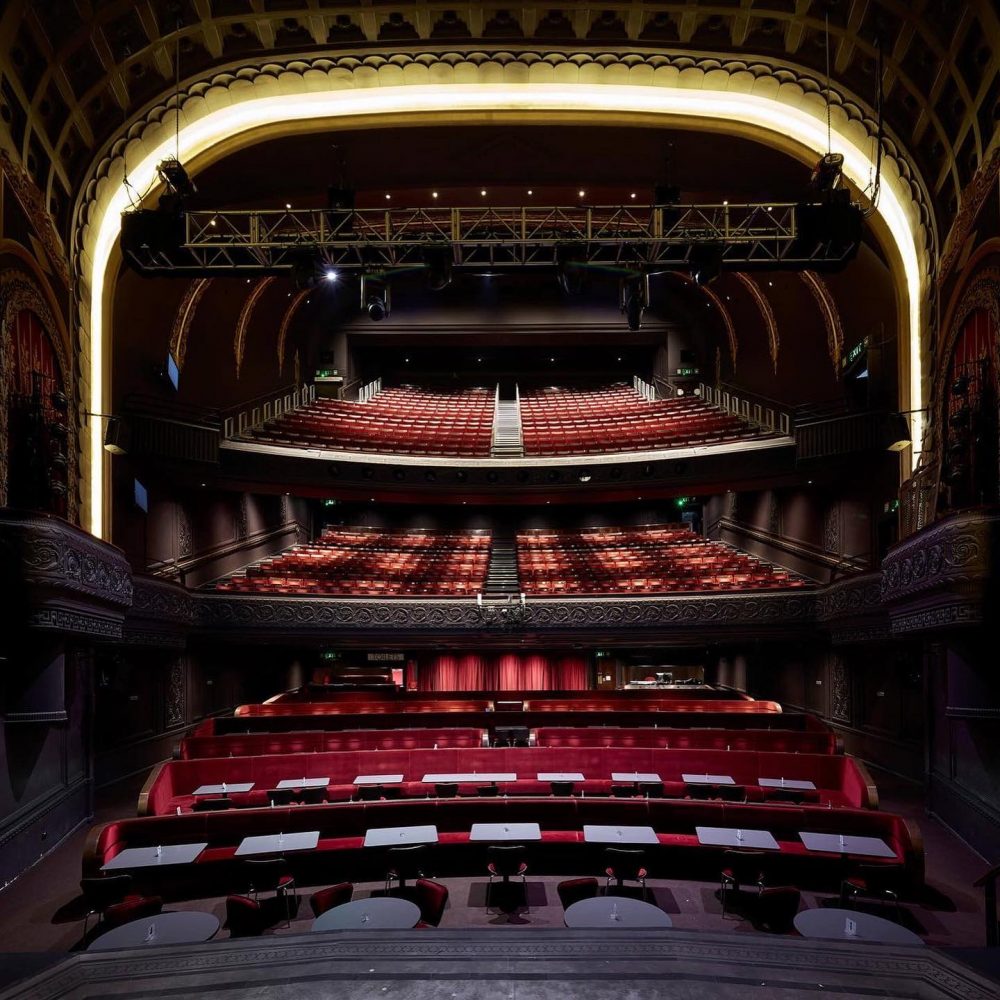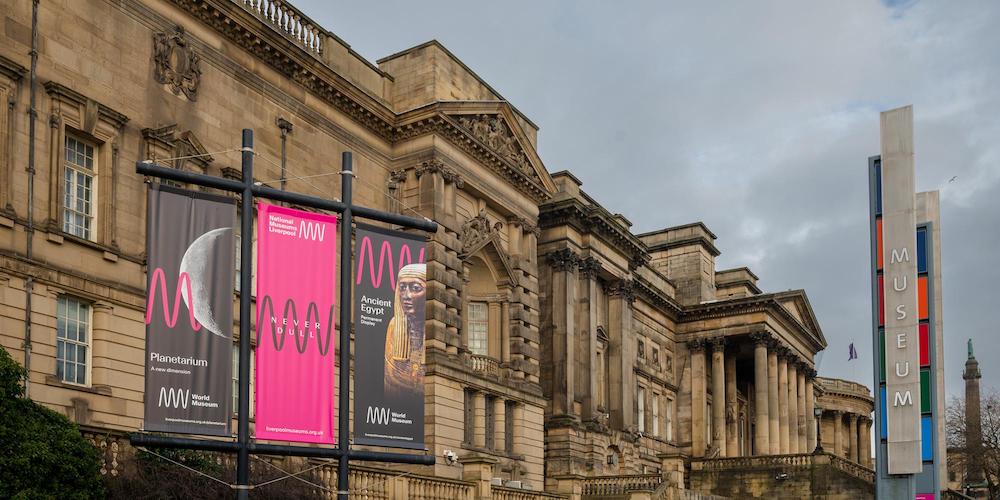
History
The Story Behind Liverpool’s Sanctuary Stone on Castle Street
4 months ago
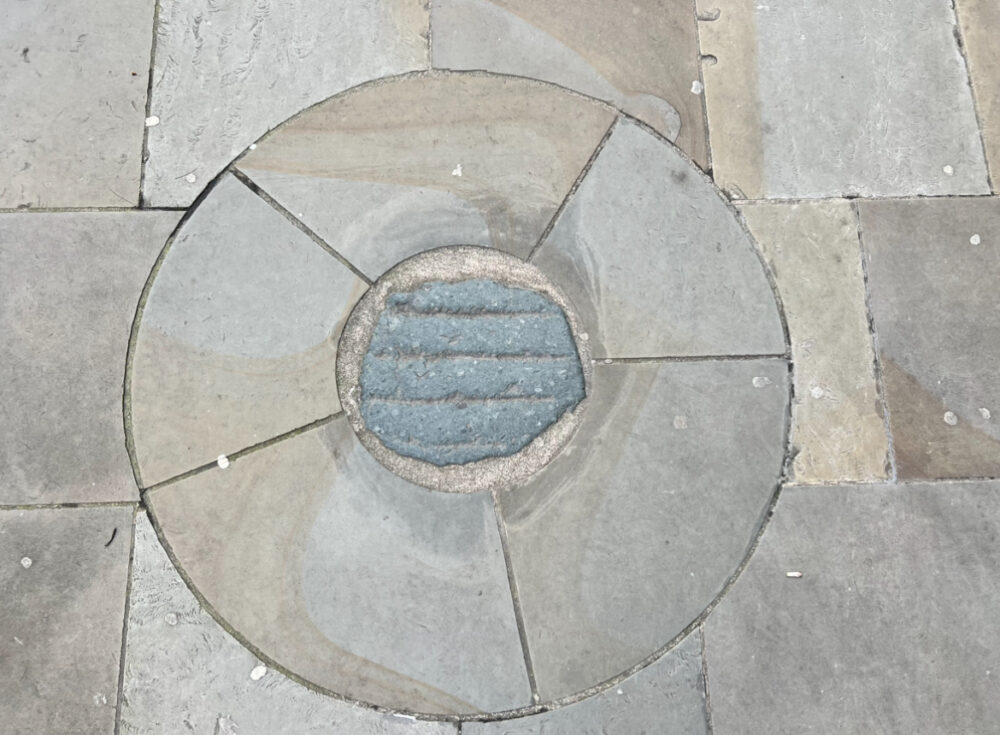
Have you ever noticed that odd circular stone on the ground outside of the old National Westminster Bank on Castle Street?
Embedded in the middle of Castle Street lies a hidden gem of the city’s medieval past – the base of Liverpool’s Sanctuary Stone.
Originally standing a couple of feet tall, this ancient relic was crafted from coarse volcanic rock.
While some antiquarian sources describe it as the base of a truncated pillar, it resembles more of a boulder, hinting at its geological origins, likely a glacial erratic chosen for its durability and distinct appearance amidst the local building materials of its time.
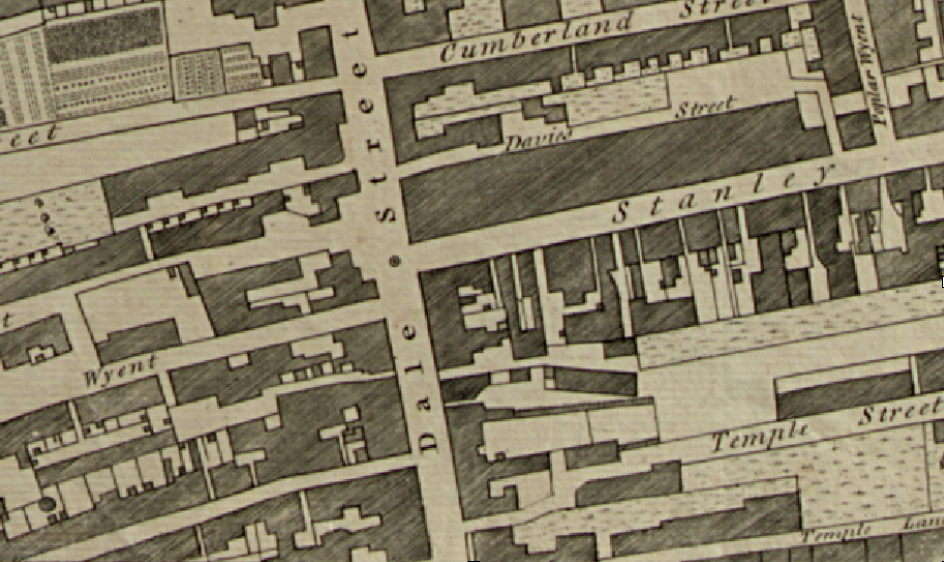
Serving as a boundary marker for the winter and summer fairs dating back to 1292, this stone outlined the limits of freedom from prosecution, offering sanctuary to debtors engaged in lawful fair business.
It is probably the last visible trace of medieval Liverpool.
The roughly circular stone measures approximately 45 cm in diameter, with four parallel lines scored across its surface.
Records suggest that there were originally four such stones, with confirmed locations on High Street and Dale Street, while the fate of the others remains a mystery.
Strangely, George Perry’s 1769 plan of Liverpool marks the site of another Sanctuary stone on Dale Street, yet it leaves out the surviving stone on Castle Street.
The significance of these stones lies in their role as sanctuaries, offering relief from arrest for those engaged in fair activities. However, this sanctuary did not exempt individuals from the law, as troublemakers were promptly dealt with by Crown officers on the spot.
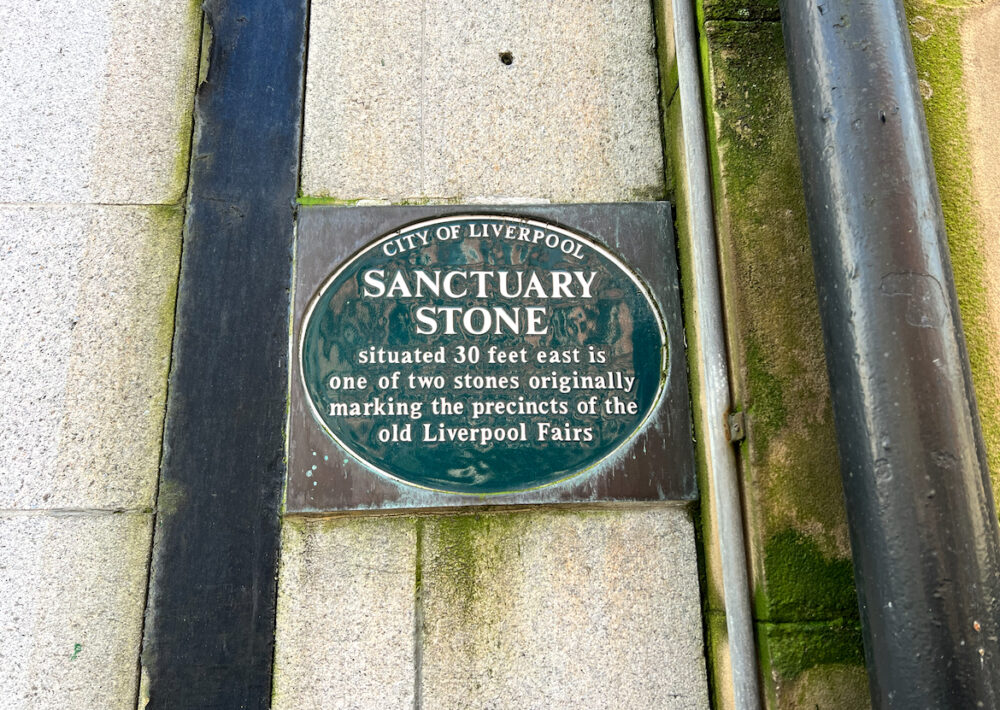
Today, a plaque on the wall of the National Westminster Bank building serves as a reminder of the Sanctuary Stone’s historical importance.
In 2011, during a restoration project, a newly minted £1 coin was buried alongside two coins from 1937 and 1947, believed to have been deposited during previous excavations of the stone.
Dr Mark Adams gave a detailed exploration of the stone in ‘An Archaeological Watching Brief At Castle Street’ published in 2011 in collaboration with National Museums Liverpool.
Talking about the medieval fairs in his report, Dr Mark Adams writes:
“The fairs were centred on the High Cross which stood at the junction of Dale Street, Castle Street and Juggler Street (now High Street) and were subject to their own regulation, each day of the fair and for ten days before and after ‘…all persons coming to or leaving the fair were free from arrest and any disputes or offences arising within the fair were dealt with summarily’ (OS Record Card in MHER).
“The first antiquarian references to the Sanctuary Stone date to the early 19th century. Troughton (1810, 94) provides a description of the opening of the fair when ‘…the mayor, bailiffs and burgesses, in their gowns, went in procession with a band of music, from the exchange to the middle of Dale Street, where they passed round a large stone, white washed for the occasion, and thence proceeded to another stone in the centre of Castle Street, and back to the exchange, where they dined. The dinner tables were furnished in a most superb and luxurious style, and the populace were admitted to behold this display of plenty and elegance, which was then thought a gratifying sight. This ancient custom has been discontinued about fifty years…’ (i.e. since c. 1760). The reference to a stone in Castle Street is almost certainly to the Sanctuary Stone.”
He goes on to say that it’s believed the Dale Street stone was lost due to repaving for the construction of tramlines in the city.
As Liverpool continues to evolve, these ancient relics serve as a reminder of the city’s rich and storied past, offering glimpses into its medieval origins and the lives of those who once walked its streets.




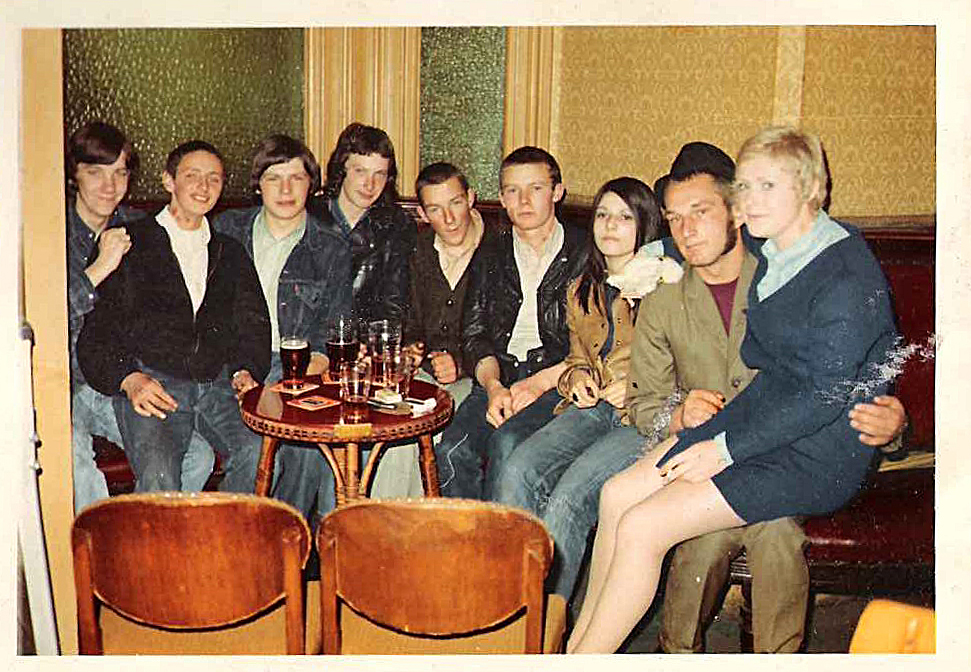
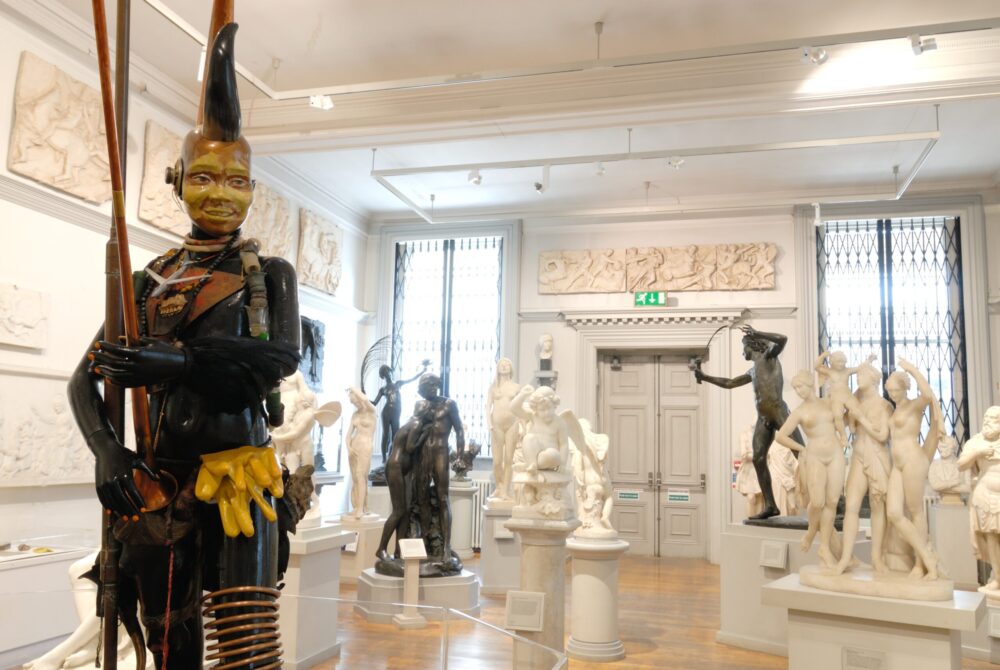
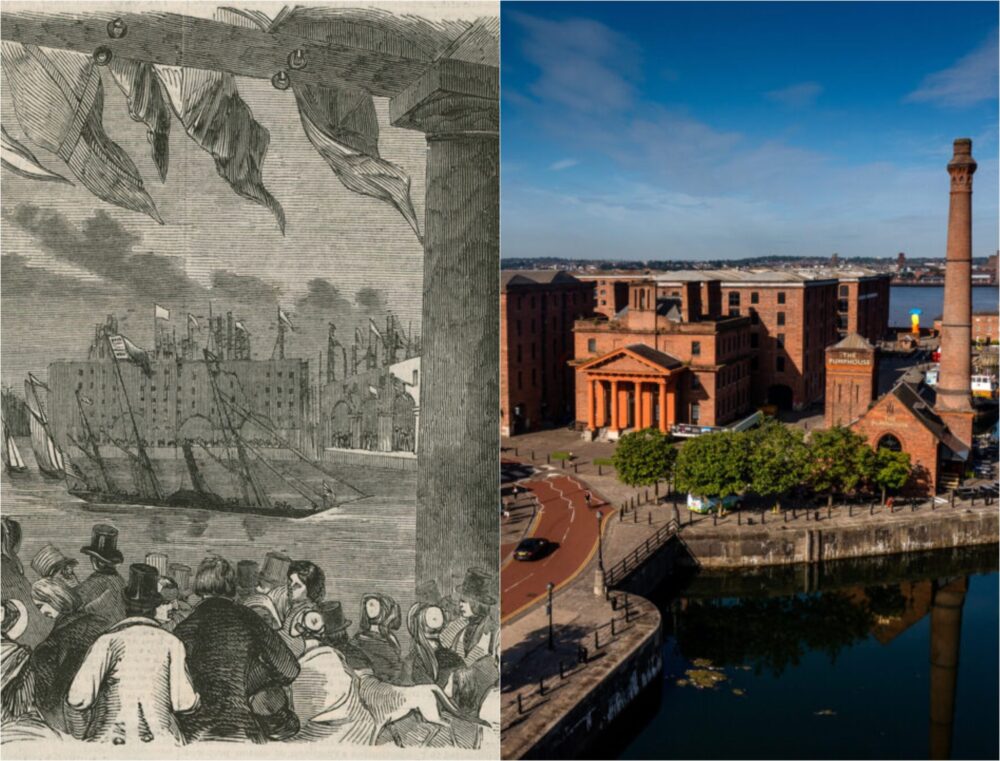



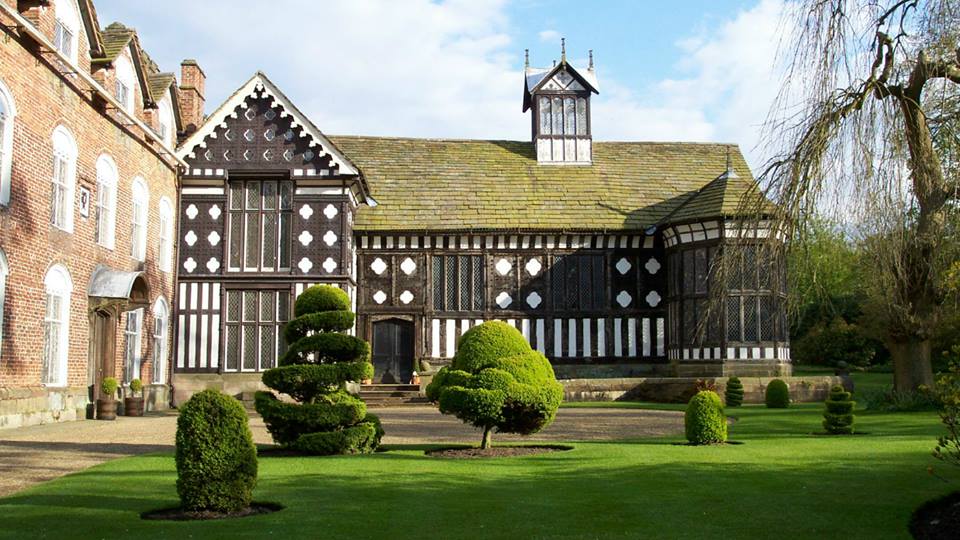
 Subscribe
Subscribe Follow Us
Follow Us Follow Us
Follow Us Follow Us
Follow Us Follow Us
Follow Us Follow Us
Follow Us






